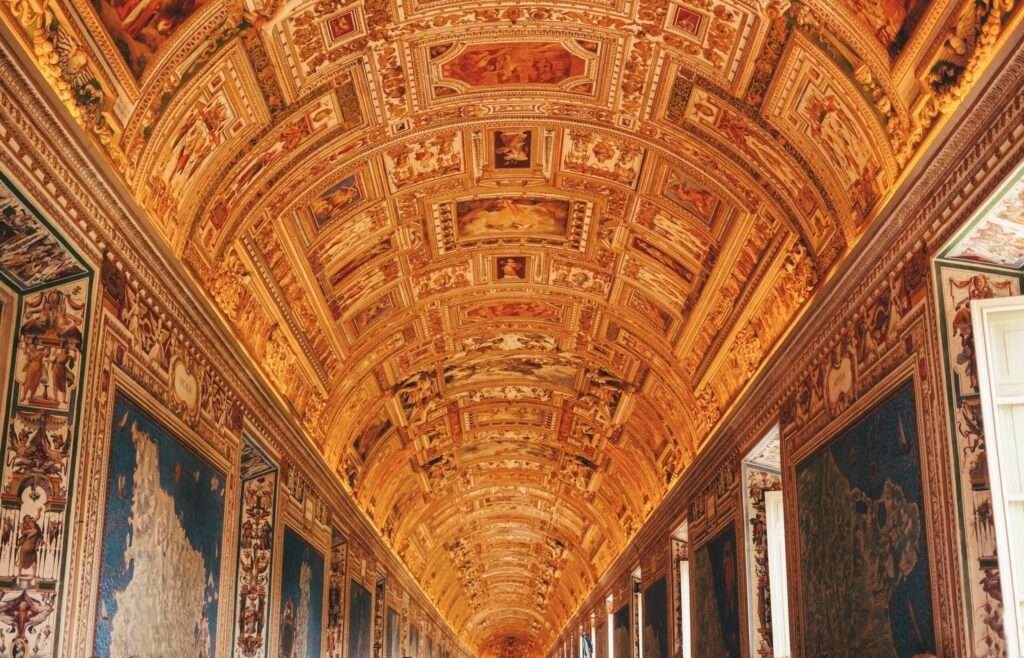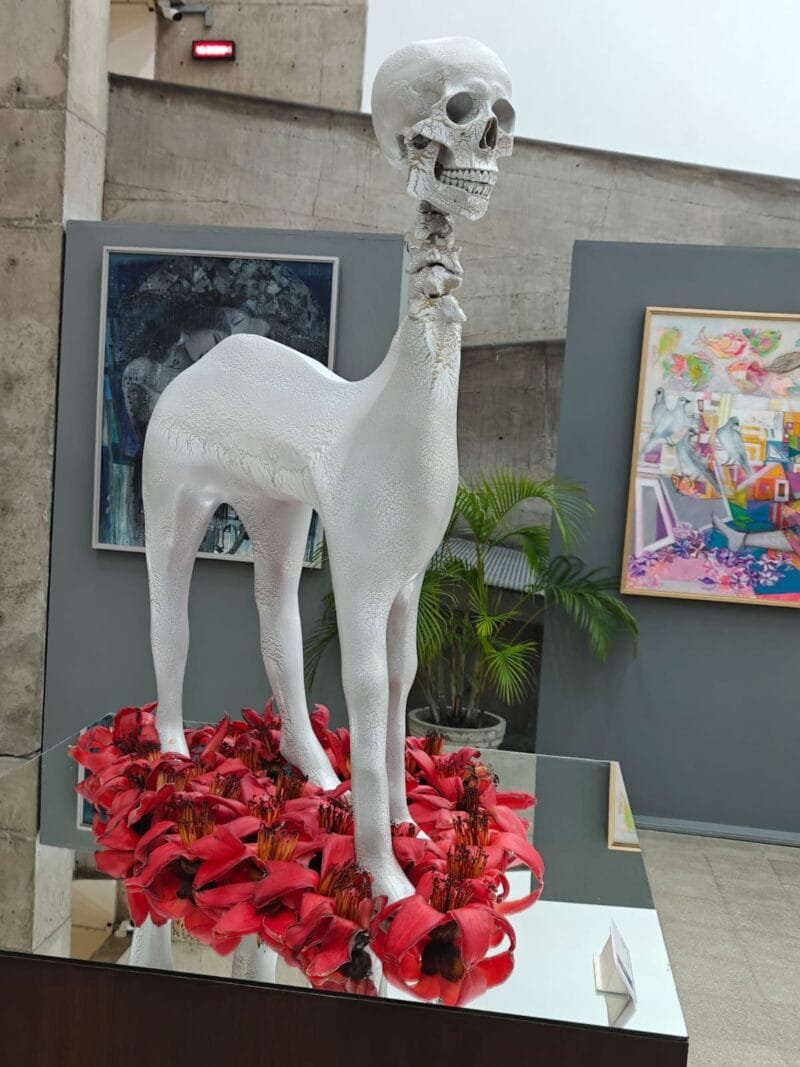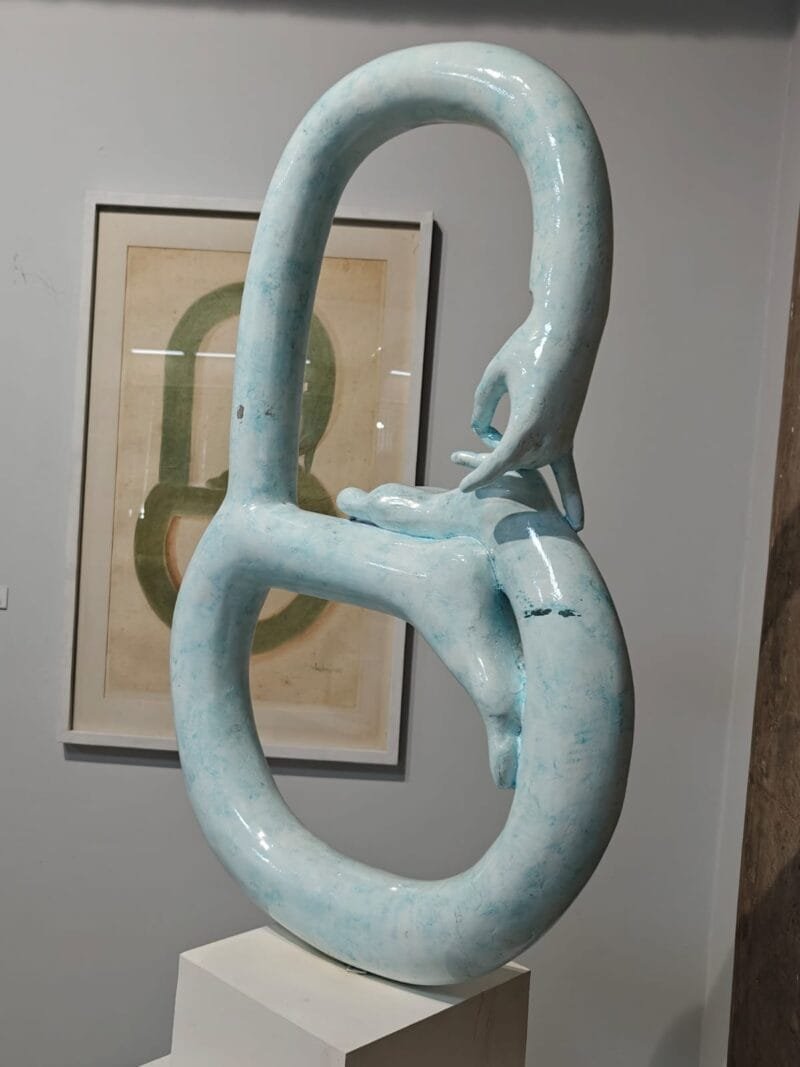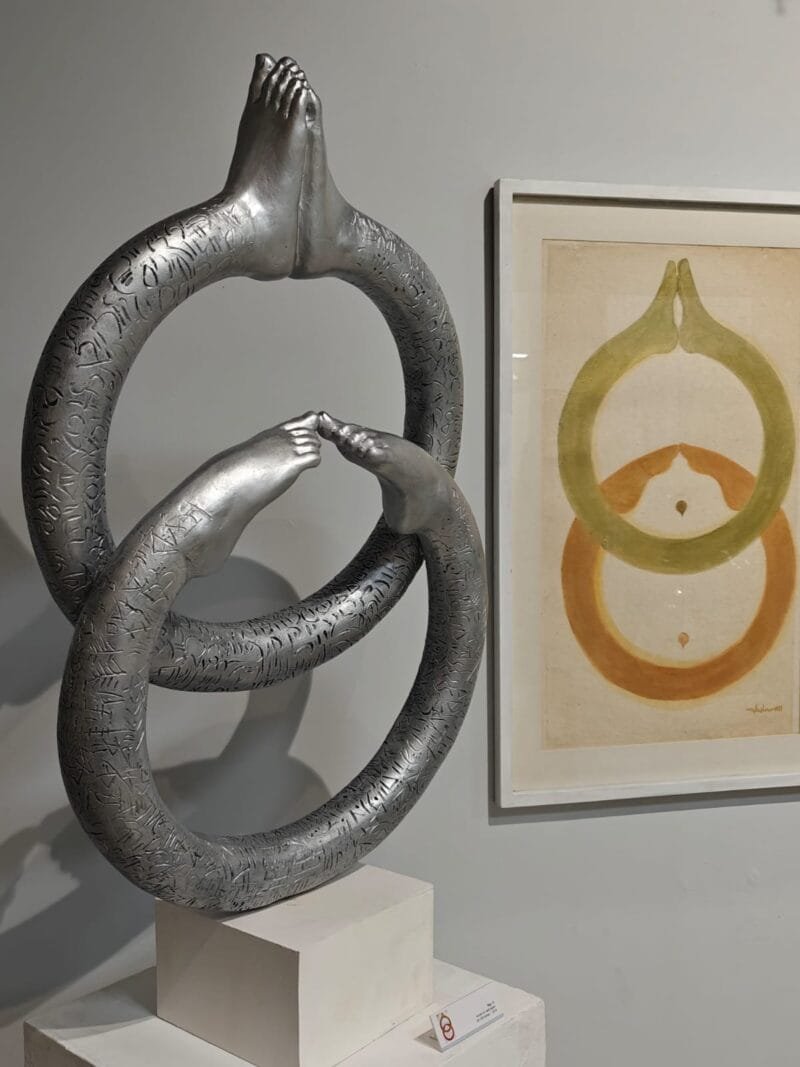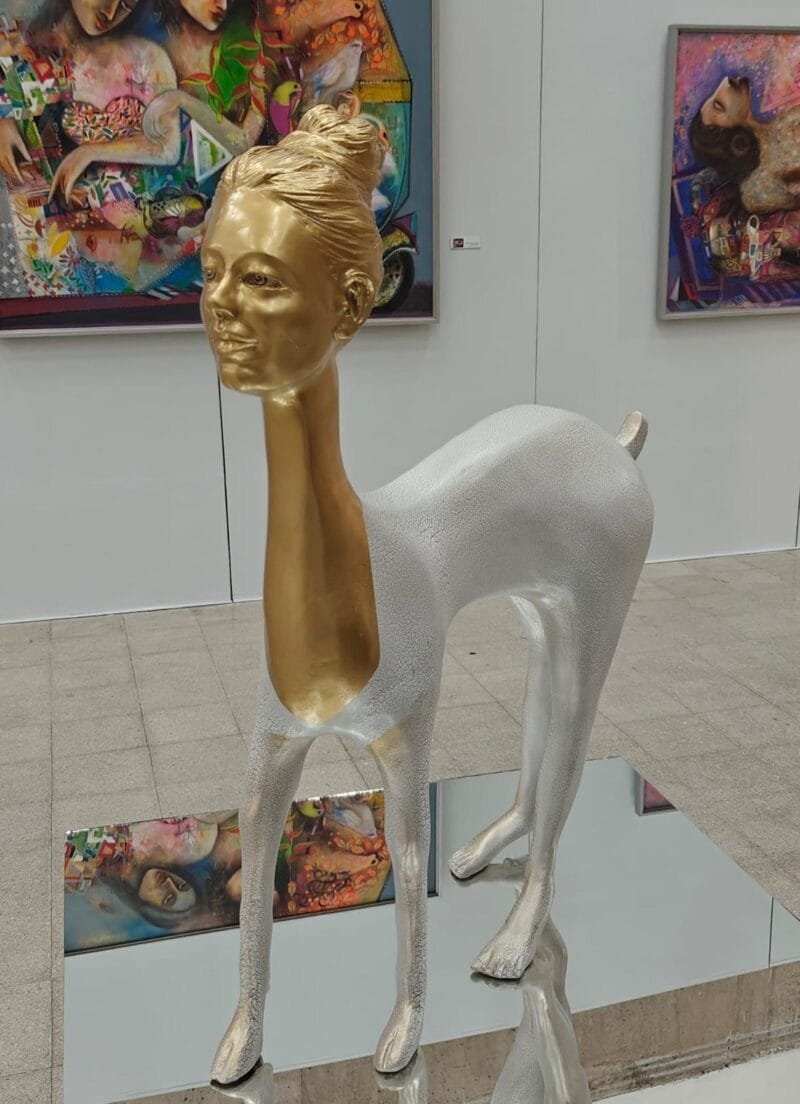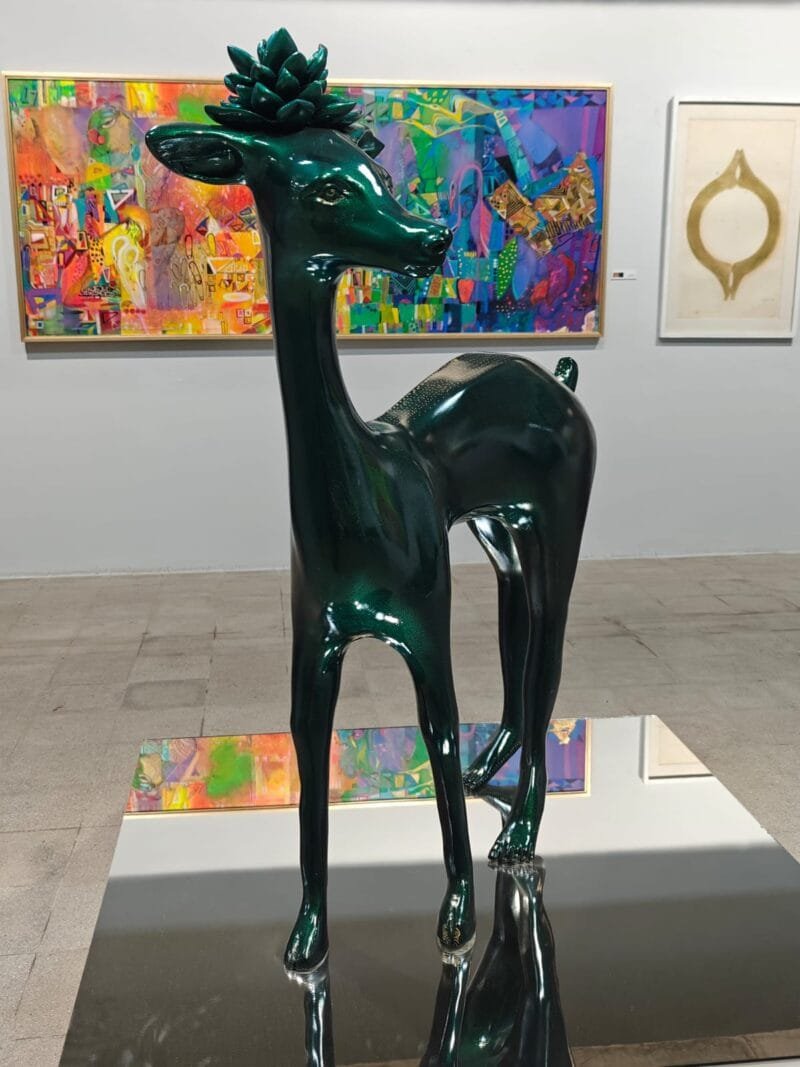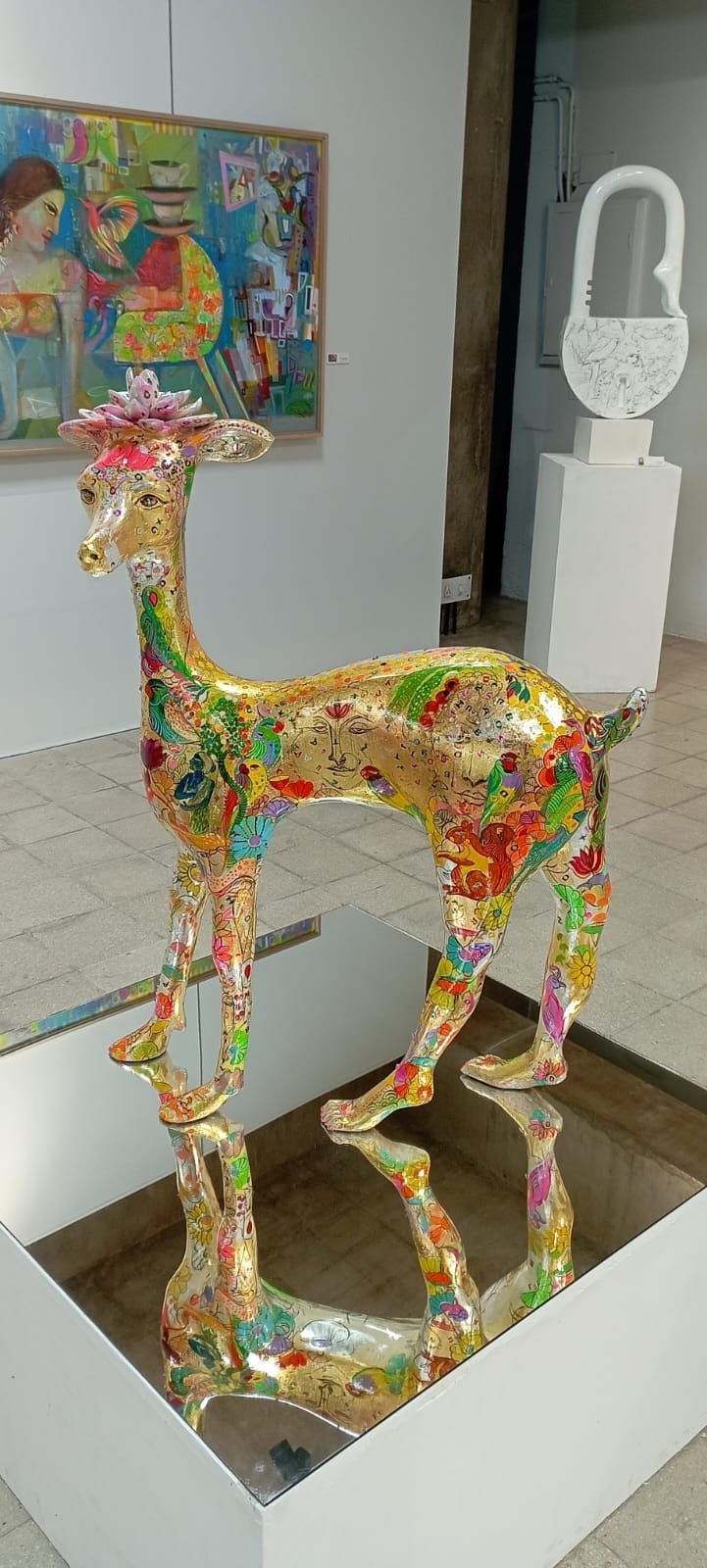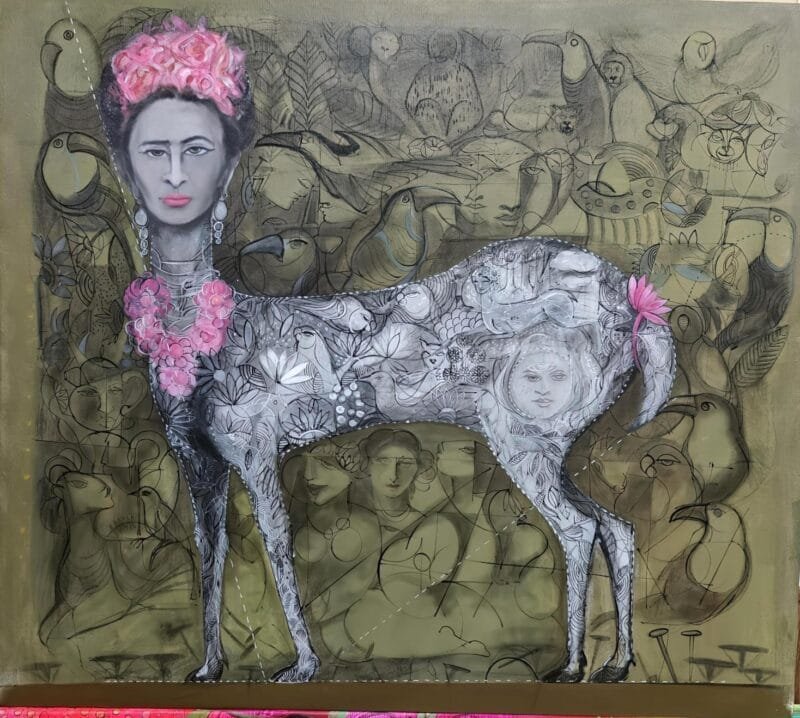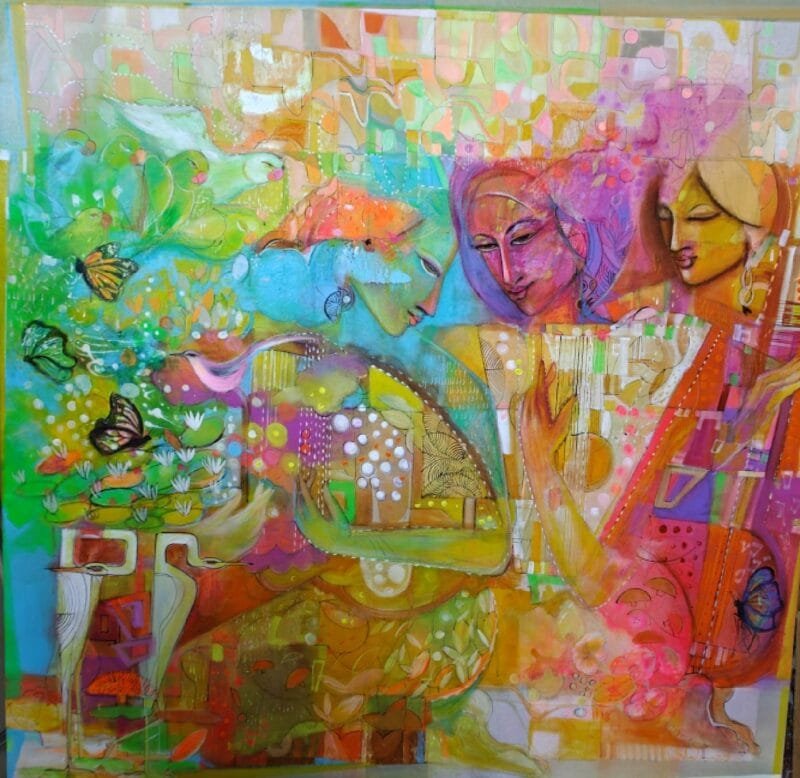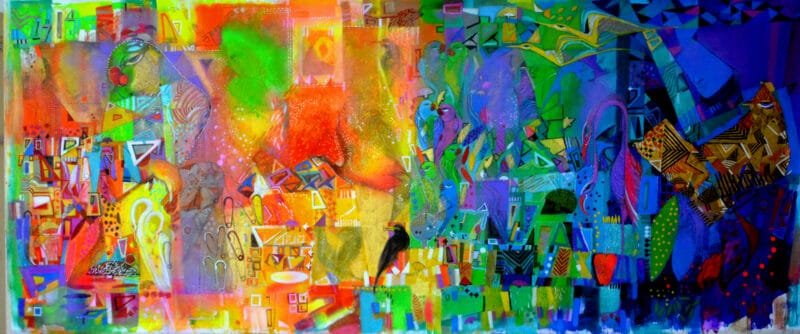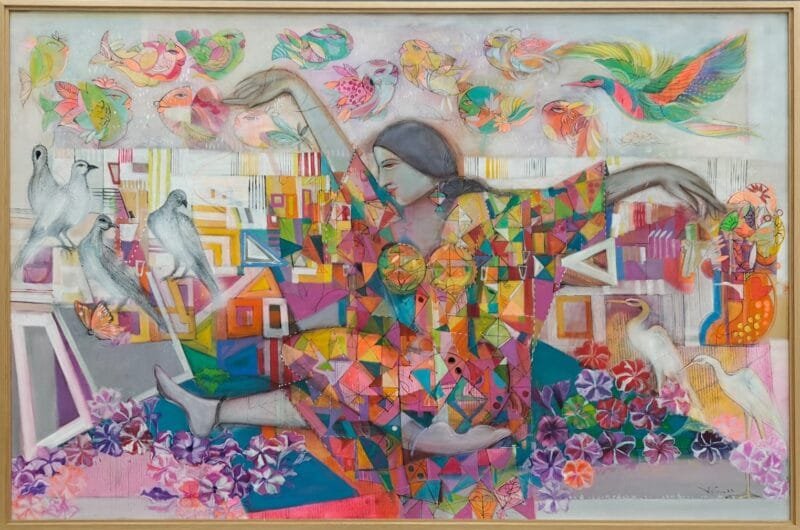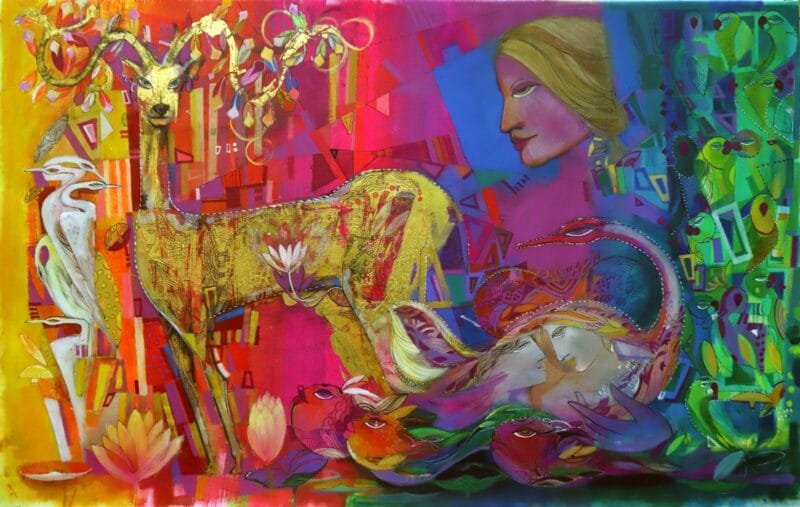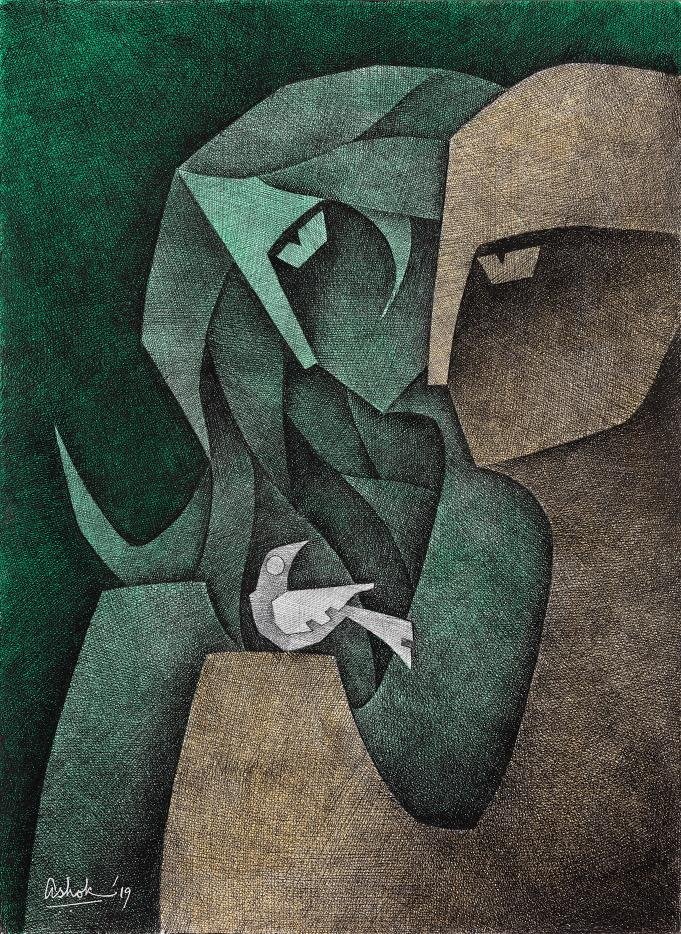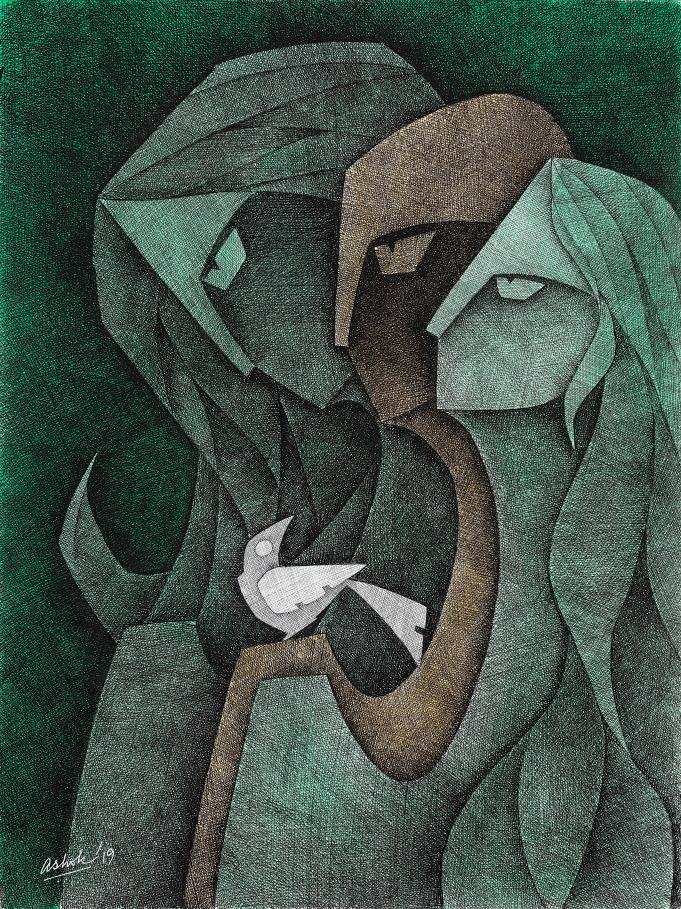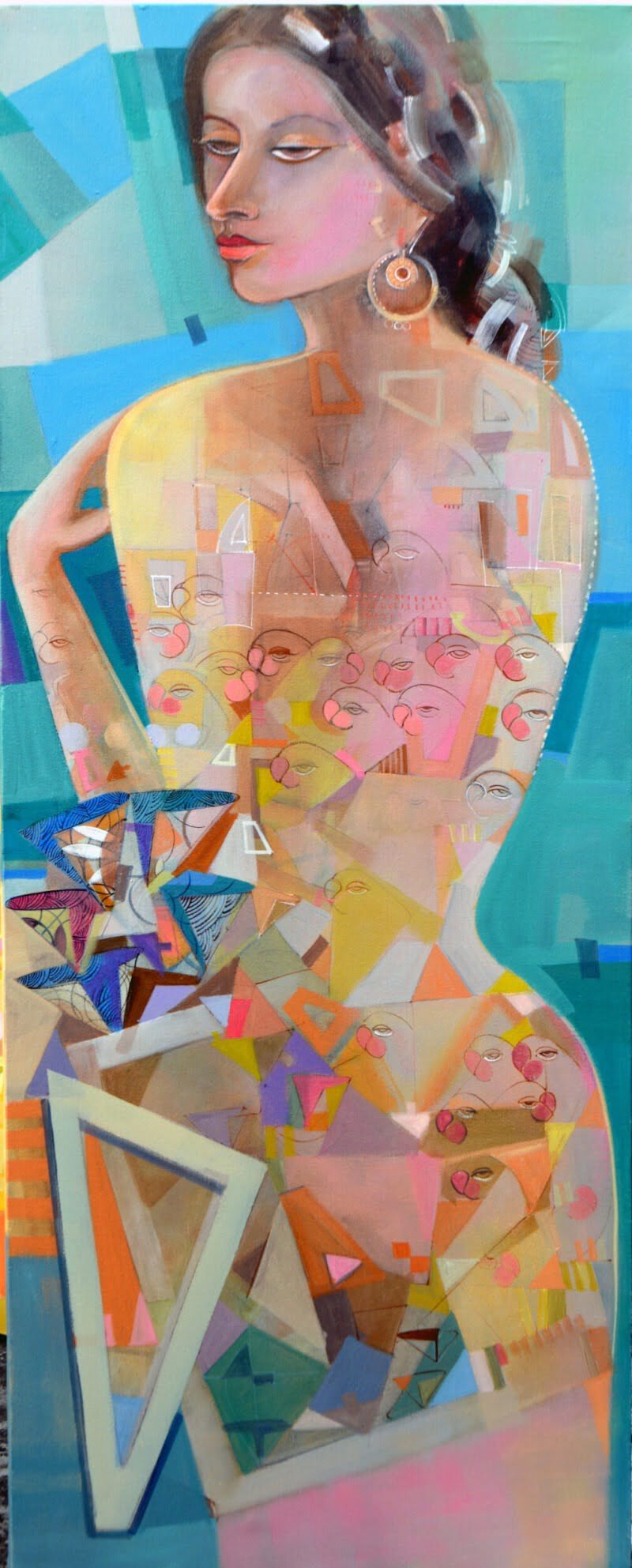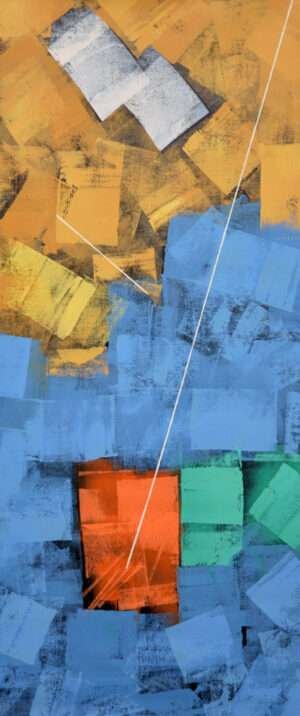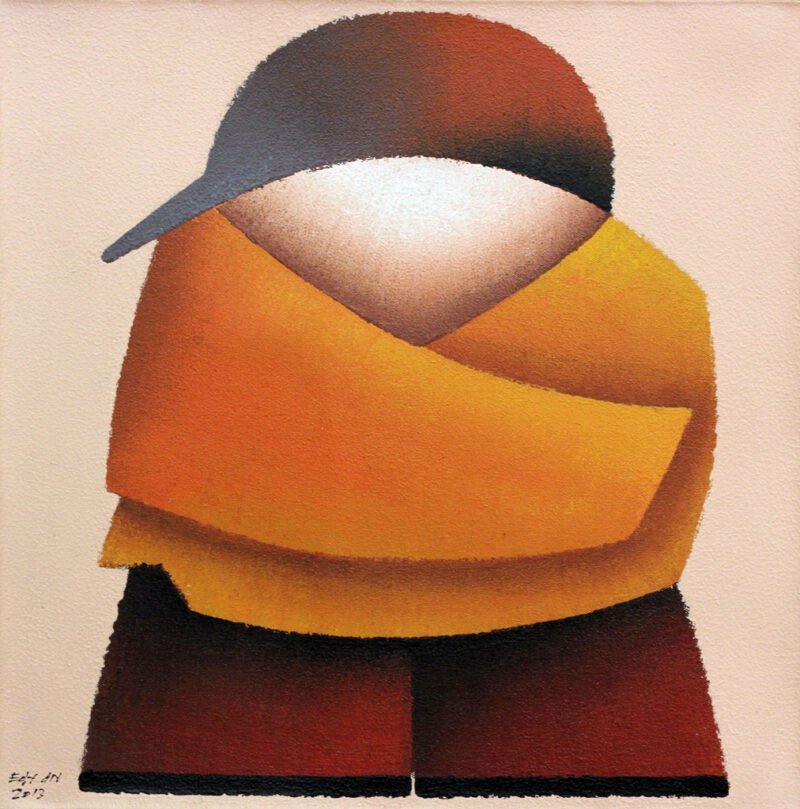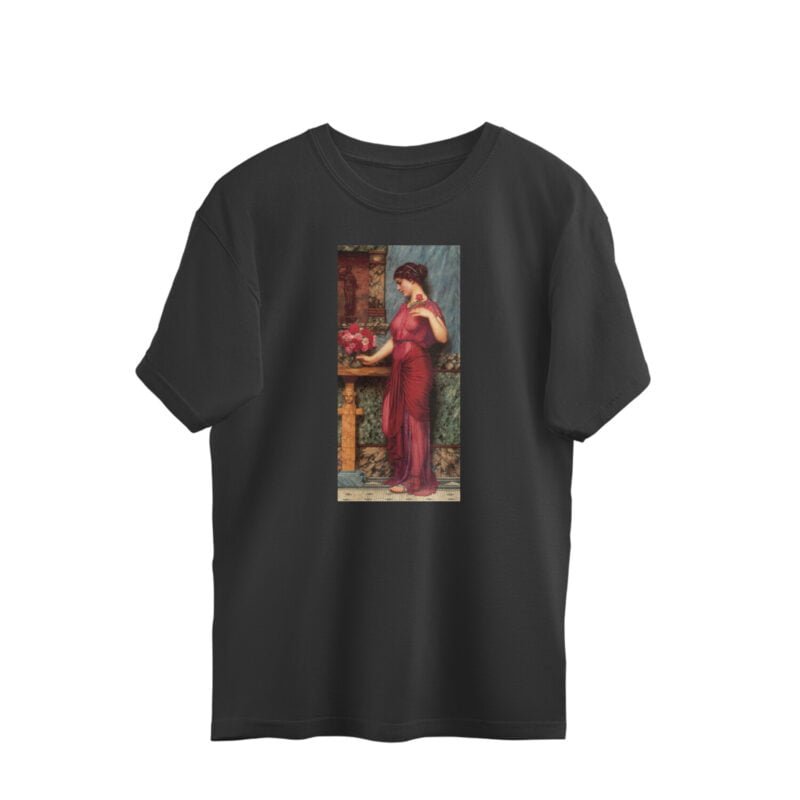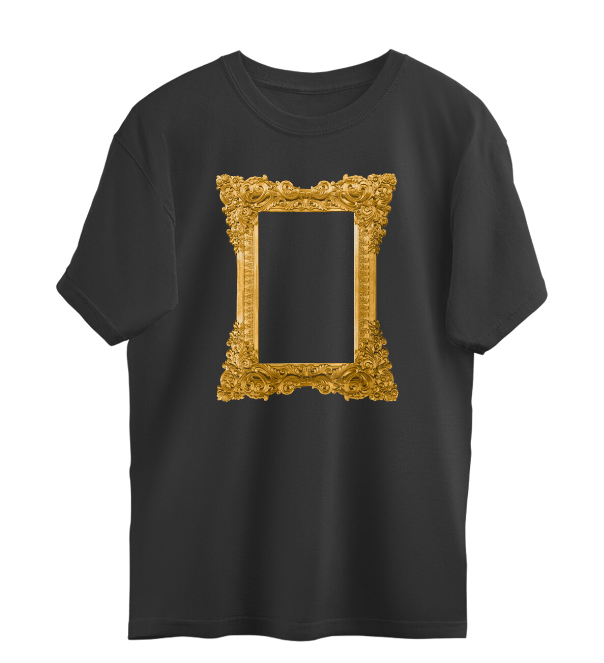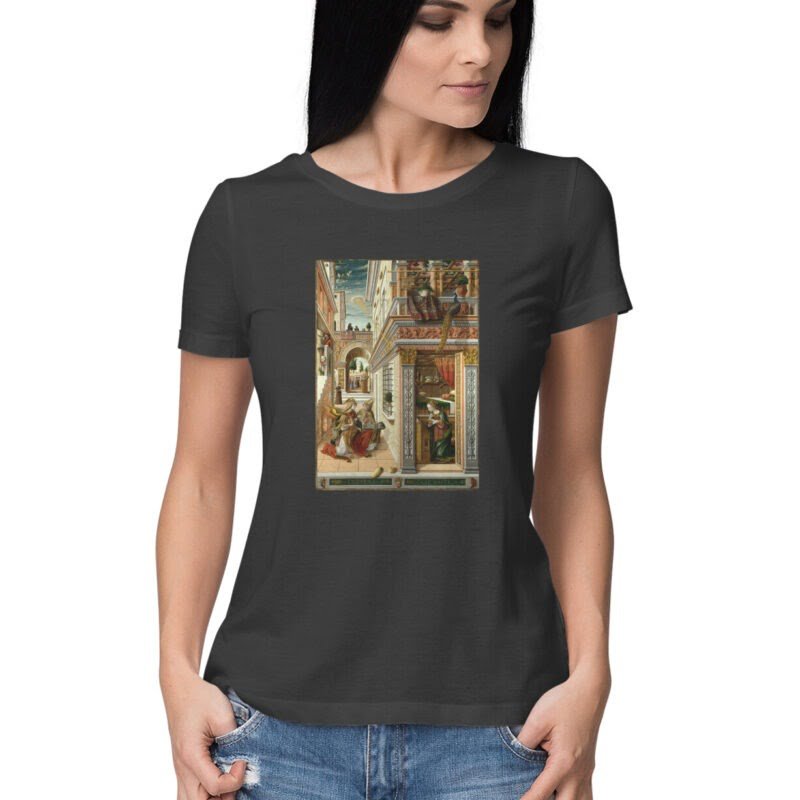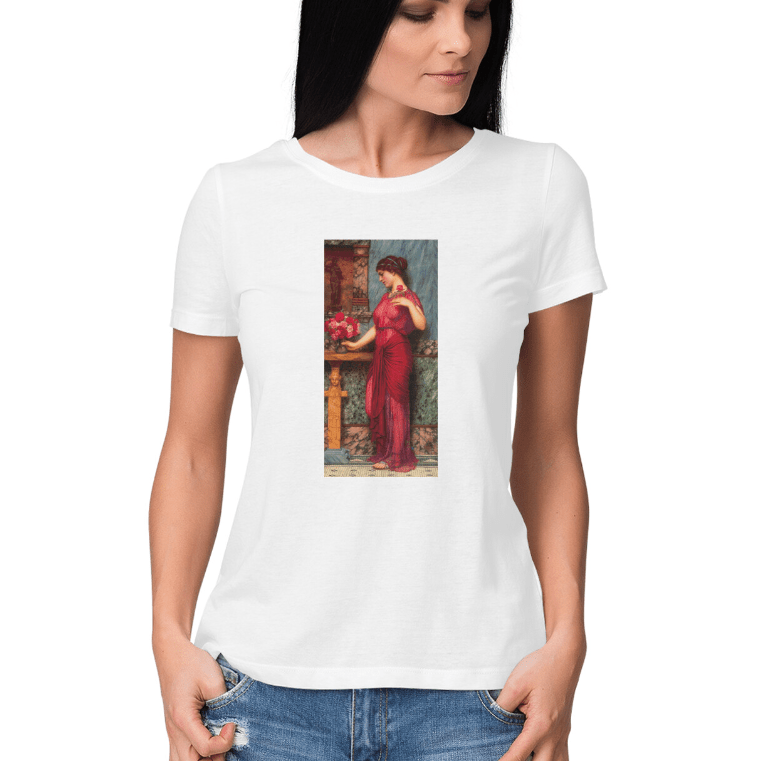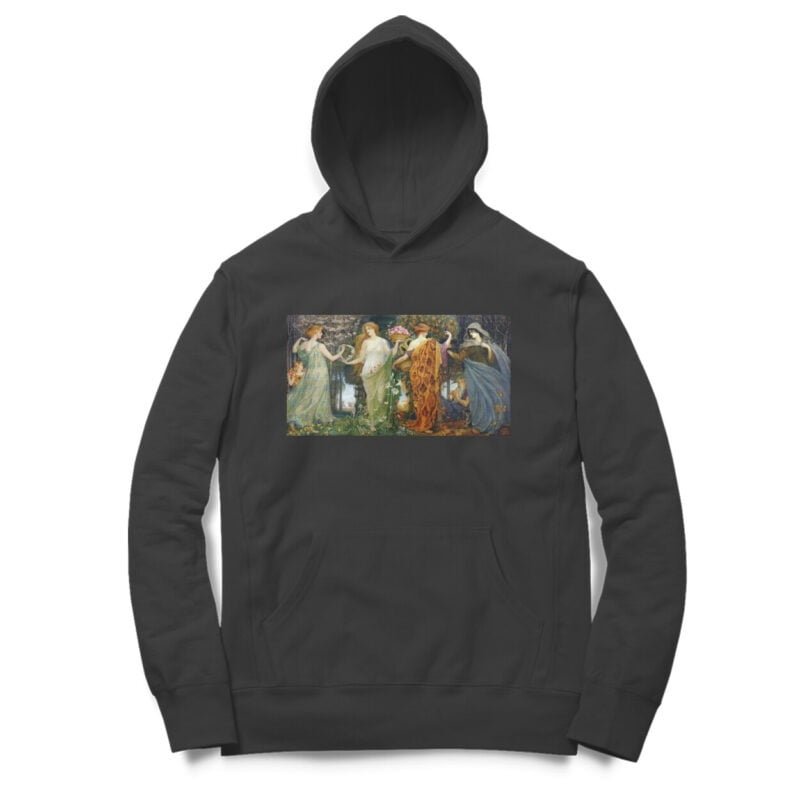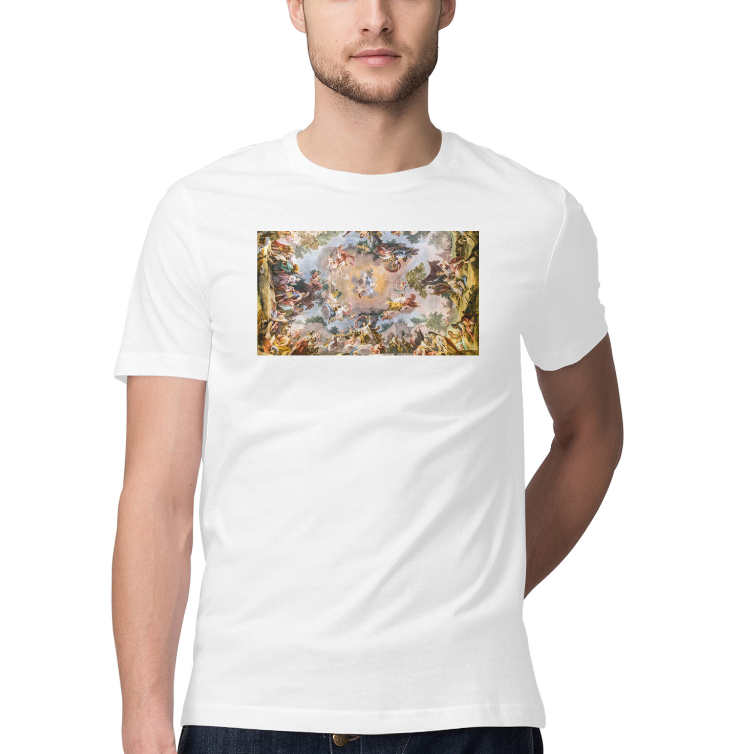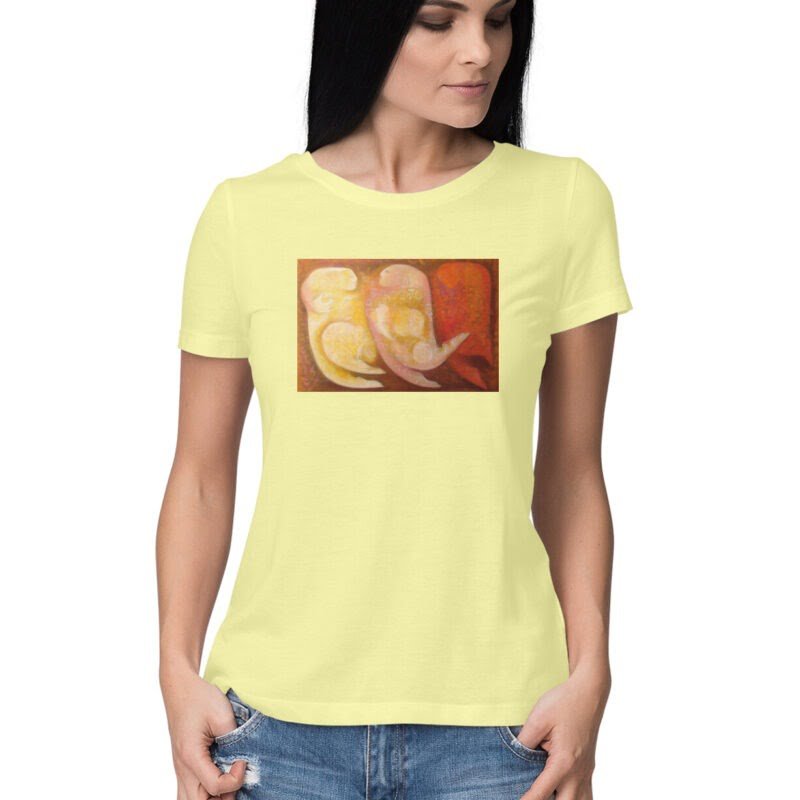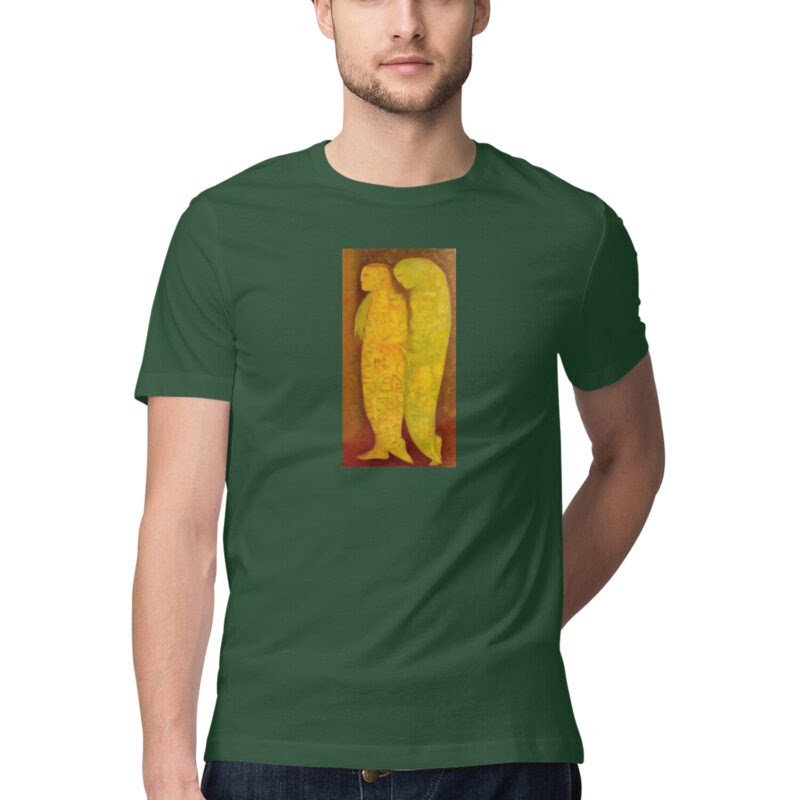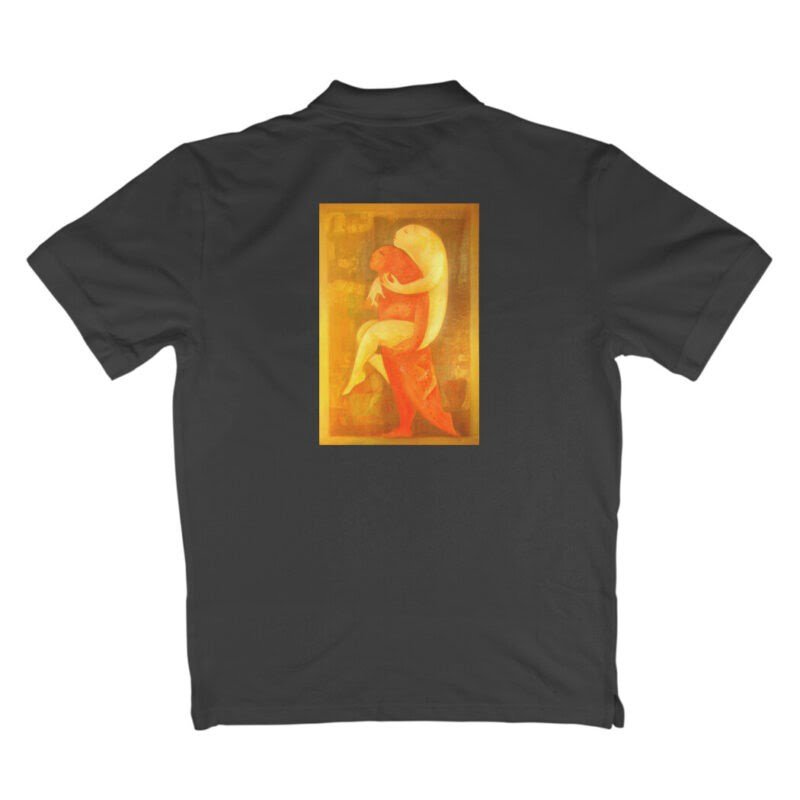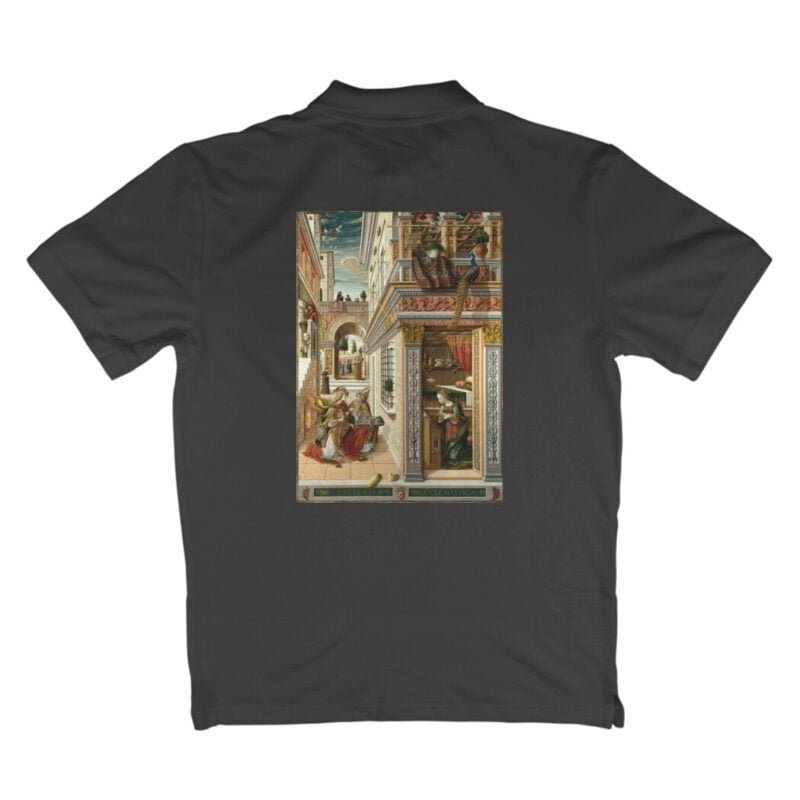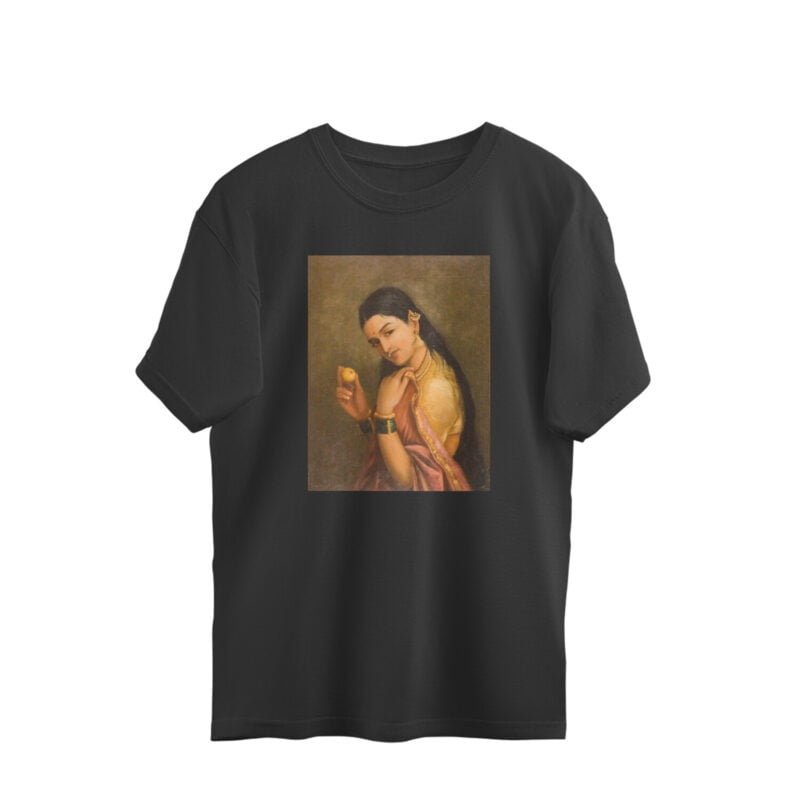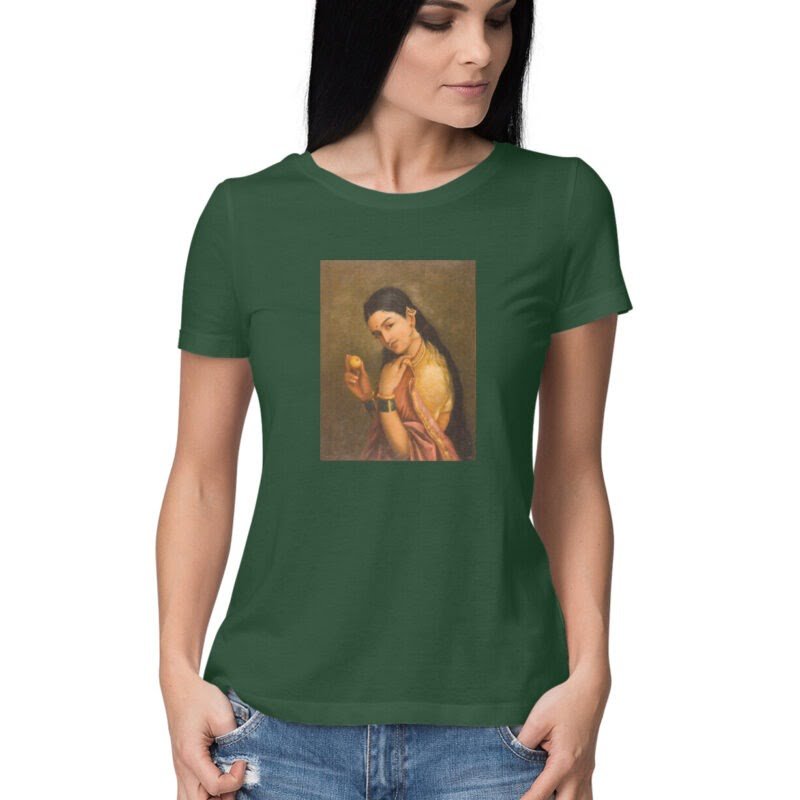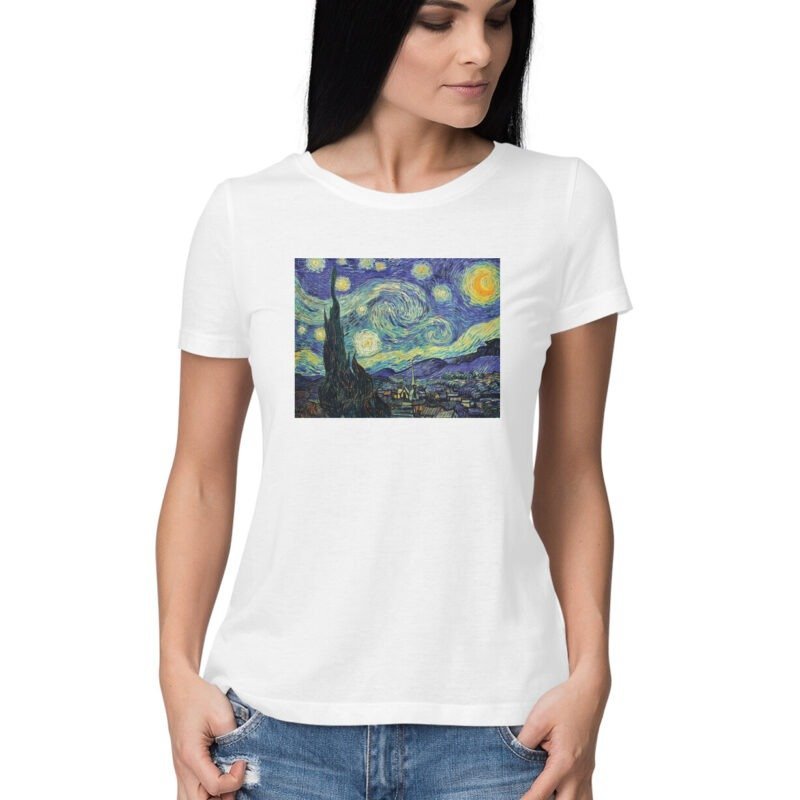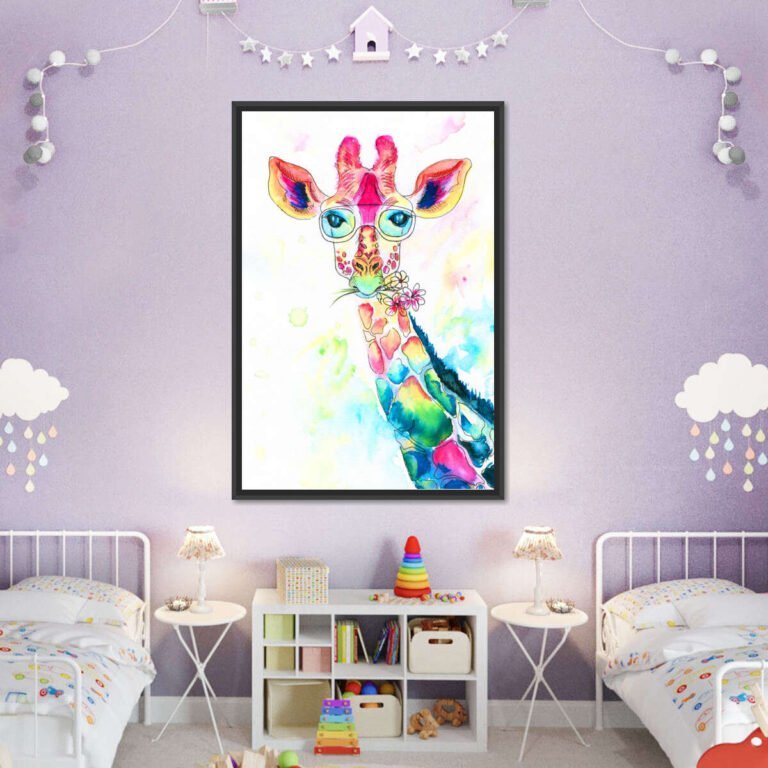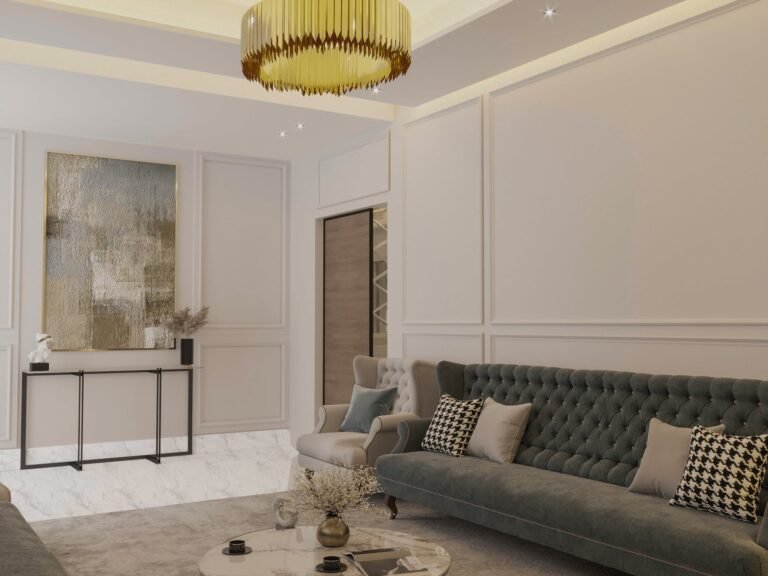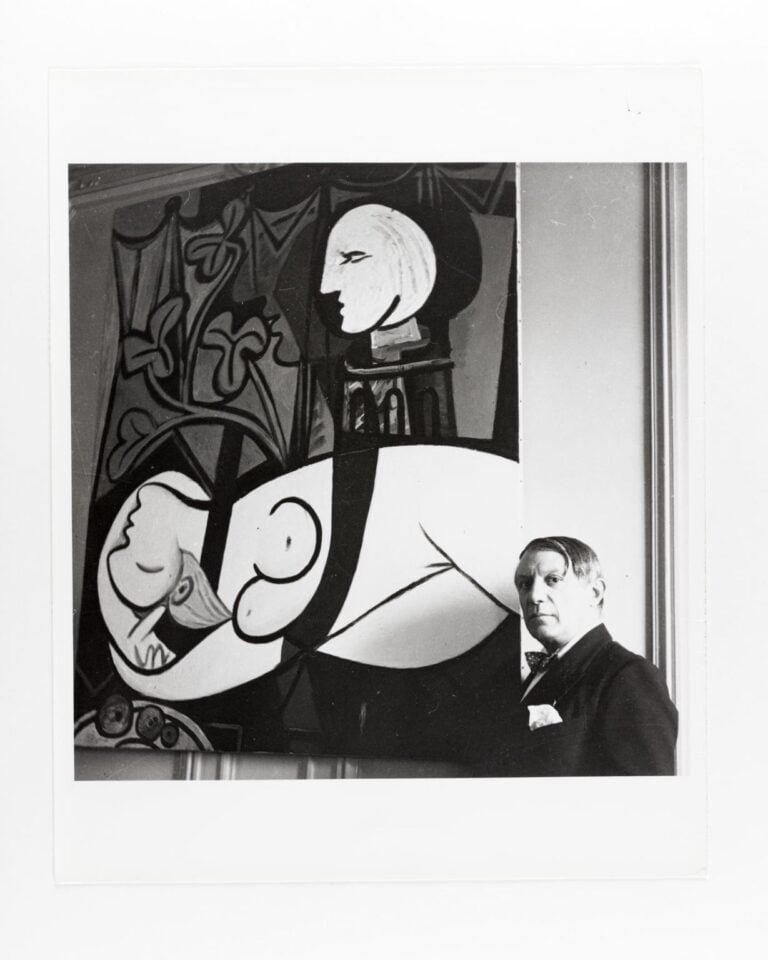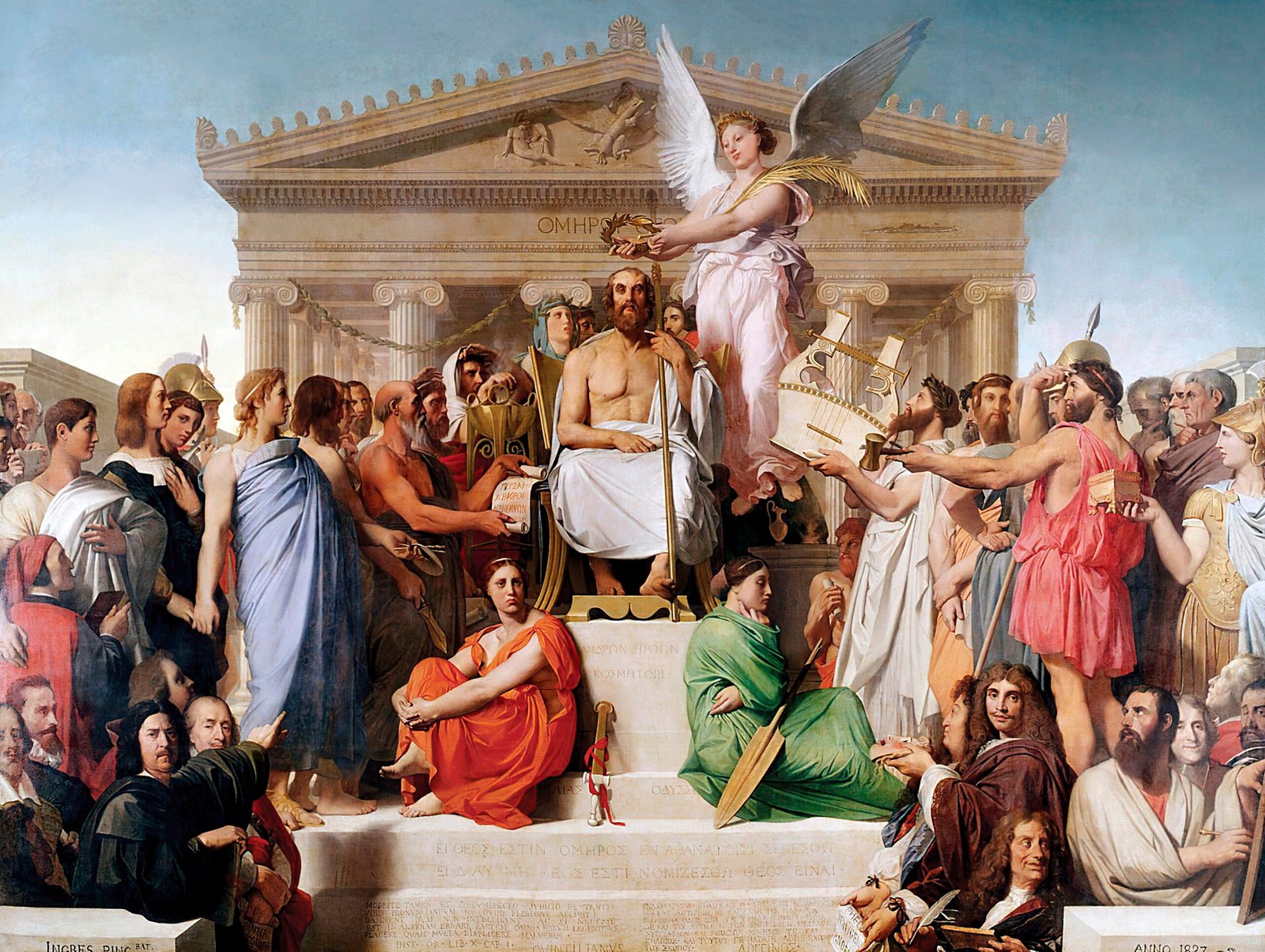At face value, the concepts of art and maths don’t go hand in hand. The former encapsulates freedom, a place for the imagination to run wild, whilst the latter is steeped in rigid forms, precise formulae and the unfortunate possibility of simply being ‘wrong’.
However, throughout Indian culture and history, the seemingly separate realms have shared more overlaps than one might imagine. Just scrolling through the plethora of original artworks on ‘The Connoisseur‘, one cannot help but gaze at the various forms, patterns and lines that inform the canvas! Take for example the paintings available for purchase below from the geometric collection:
-
 ‘Gothic Deer’ Sculpture – Madan Lal
‘Gothic Deer’ Sculpture – Madan Lal -
 ‘Moments of Serenity iii’ Sculpture – Madan Lal
‘Moments of Serenity iii’ Sculpture – Madan Lal -
 ‘Moments of Serenity i’ Sculpture – Madan Lal
‘Moments of Serenity i’ Sculpture – Madan Lal -
 ‘Kasturi Deer-ii’ Sculpture – Madan Lal
‘Kasturi Deer-ii’ Sculpture – Madan Lal -
 ‘Kasturi Deer’ Sculpture – Madan Lal
‘Kasturi Deer’ Sculpture – Madan Lal -
 ‘Golden Deer’ Sculpture – Madan Lal
‘Golden Deer’ Sculpture – Madan Lal -
 ‘The Legend’ Art – Madan Lal
‘The Legend’ Art – Madan Lal -
 ‘Music within’ Art – Madan Lal
‘Music within’ Art – Madan Lal -
 ‘Melody of Colours’ Art – Madan Lal
‘Melody of Colours’ Art – Madan Lal -
 ‘Journey with Angel iii’ Art – Madan Lal
‘Journey with Angel iii’ Art – Madan Lal -
 ‘The Spring’ Art – Madan Lal
‘The Spring’ Art – Madan Lal -
 Journey with Angel ii Art – Madan Lal
Journey with Angel ii Art – Madan Lal -
 ‘My Rain’ Art – Madan Lal
‘My Rain’ Art – Madan Lal -
 Ashok Bhowmick Art 3
Ashok Bhowmick Art 3 -
 Ashok Bhowmick Art
Ashok Bhowmick Art -
 The Trangle
The Trangle -
 Sudhir Talmale – Abstract iii
Sudhir Talmale – Abstract iii -
 Edy Dinar – Figure
Edy Dinar – Figure
These geometric paintings integrate various shapes, lines and spaces, creating both a sense of order and contrast. Talmale’s paintings are brilliant in colour. No shape embodies the same shade, with each block consisting of unique brushstrokes.
So, you might be asking, what exactly is ‘geometric art’ and what role does it play within Indian culture and history? We’re here to give you a quick guide to geometric art in India and to tell you why you should invest in geometric paintings today!
What is geometric art or geometric in art?
On a fundamental level, geometric art consists of artwork inspired by geometry. It often consists of points, lines, shapes and spaces that work together on a canvas in a multitude of styles. Its prevalence in art is widespread, with several movements such as Bauhaus, Cubism, Futurism, Vorticism, Suprematism, and many more, stemming from the use of geometry. However, geometric art has its own significance in Indian culture and heritage:
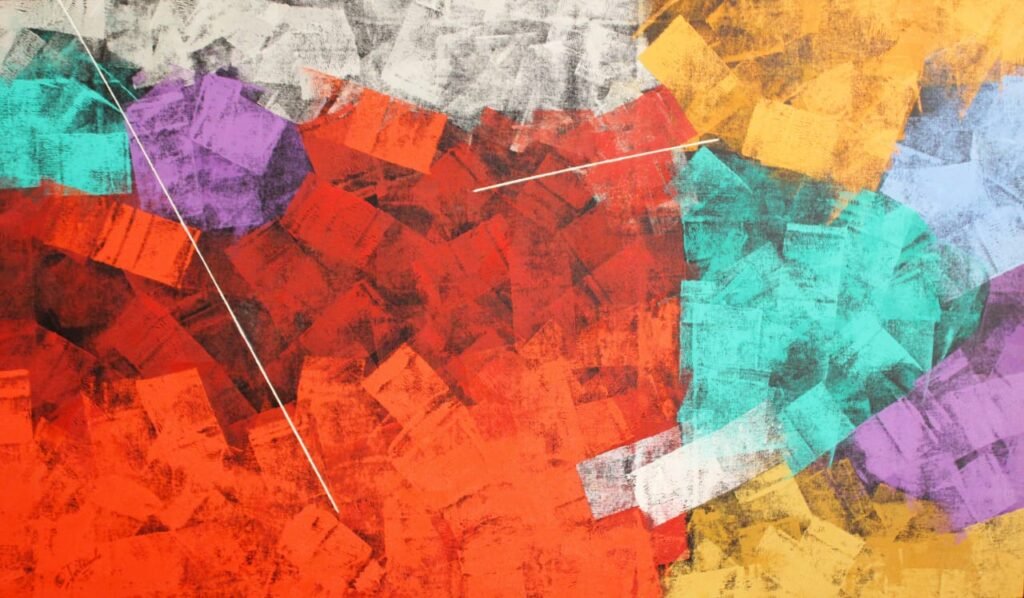
1. Geometric Art and Spirituality
Islamic art uses geometry as a key tenet to connect the earthly with the divine. Arabesques were a key feature of Islamic art from the 9th century and are forms of art that use geometric shapes based on tendrils and foliage; they later emerged in Europe from the Renaissance onwards. Geometric designs are not only aesthetically pleasing, their sacred significance serves as a reminder of what lies beyond the material. For example, in Islamic art, circles are a reminder that Allah is infinite, as well as emphasising one god. The ability to replicate multiple geometric patterns also symbolise that the infinite and divine can be accessed through a single element or shape.
2. The Mughal Period
Geometric art thrived during The Mughal Empire (1526 -1761) and mainly appeared through elaborate architecture that consisted of a mixture of Islamic, Hindu and Persian influences. Regular geometric patterns were used to adorn marble floorings, balcony railings, as well as window grilles. Six and eight-point geometrical patterns can be found in early surviving buildings of the Mughal era, such as the Sher-Shah Mausoleum (1540-5 CE), as well as the Mausoleum of Humayun in Delhi (1556-66 CE). Six-point shapes such as a hexagon and a six-pointed star were commonly used as it is the easiest geometric pattern to construct using a compass.
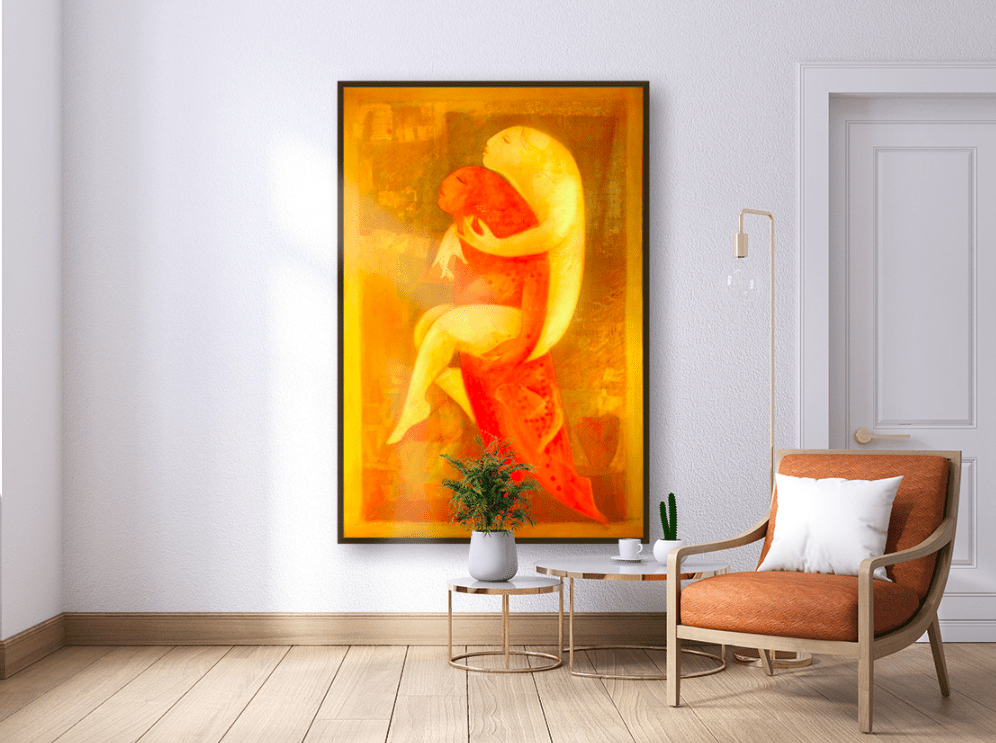
The Journey Painting by Madan Lal
3. Abstract Expressionism
Abstract expressionism was hugely significant in the post-independent era of Indian art. Abstract art was a movement that flourished during the 1960s and 1970s, characterised by a drive away from visual representation to expressions of the artist’s thoughts and emotions. This turn away from nature and the material world to the representational relies heavily on shapes, lines and colours to inform the canvas.
V.S. Gaitnode was a preeminent figure amongst Indian abstract artists. Despite Gaitnode rejecting the application of ‘abstract’ to his works, preferring ‘non-objective’ as a label, he is often considered a major pioneer of the abstract movement in India. A member of the Progressive Artists Group of Mumbai, he worked alongside leading artists of the time, creating several exhibitions on abstract art. Other famous geometric artists include Ram Kumar, S. H. Raza, Akbar Padamsee and Jagdish Swaminathan to name a few!
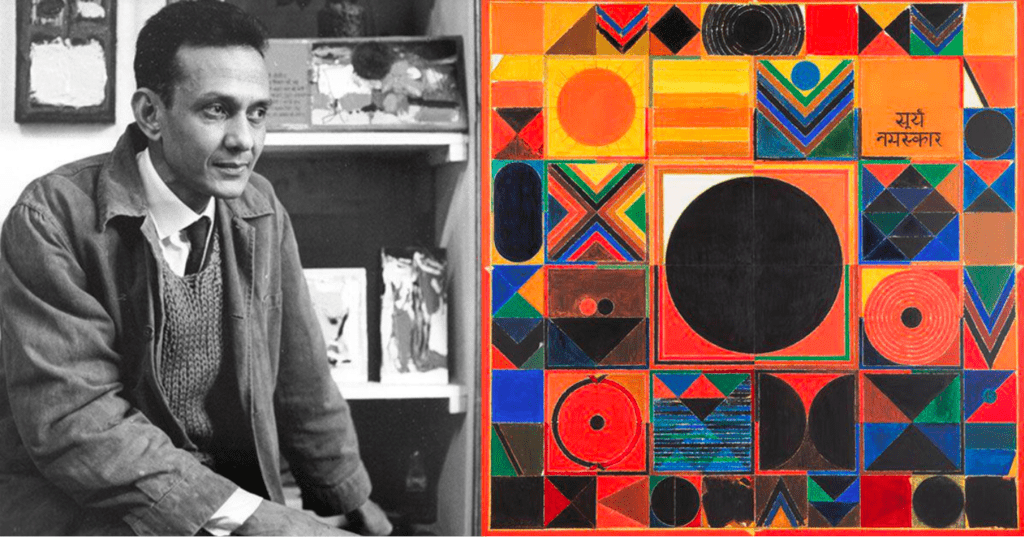
In Conclusion
Throughout Indian culture and history, geometry and art have been for the most part, inseparable. A shape as simple as a triangle can be steeped in spiritual significance whilst more modern, secular pieces also celebrate the unique, abstract expression envisioned by distinct artists. In any case, geometric paintings are a fabulous investment. Bold in colour and striking in their use of various forms, they are also undoubtedly visually appealing. Carefully balancing a sense of order with free-reign, geometric artwork can immediately upscale any mediocre space into a show-stopping sight.
Article by: Ms Joori Byun
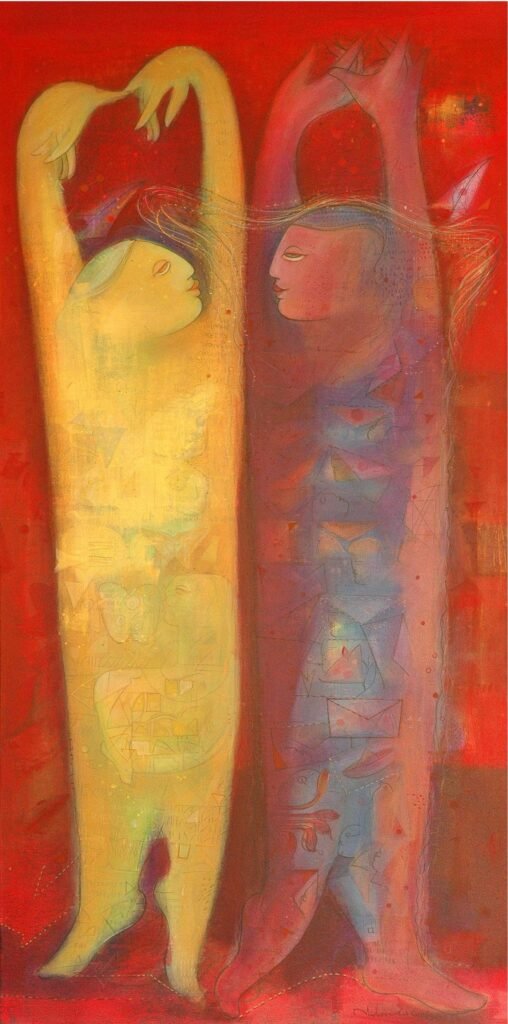


Explore our Art Tshirts:
-
 The Rose Unisex Oversized Art Tshirt$8
The Rose Unisex Oversized Art Tshirt$8 -
 Ingres Oversized unisex Art Tshirt$10
Ingres Oversized unisex Art Tshirt$10 -
 Art Black Oversized Tshirt (Unisex)$9
Art Black Oversized Tshirt (Unisex)$9 -
 The Leopard Unisex Art Hoodie$16 – $17Price range: $16 through $17
The Leopard Unisex Art Hoodie$16 – $17Price range: $16 through $17 -
Sale Product on sale
 ‘Frame of Life’ Unisex Oversized Black Tshirt
‘Frame of Life’ Unisex Oversized Black Tshirt$16Original price was: $16.$8Current price is: $8. -
Sale Product on sale
 Ladies Black T shirt
Ladies Black T shirt$8Original price was: $8.$6Current price is: $6. -
Sale Product on sale
 ‘Portrait in red’ Women Art Tshirt
‘Portrait in red’ Women Art Tshirt$8Original price was: $8.$6Current price is: $6. -
 4 Seasons Art Unisex Hoodie$15
4 Seasons Art Unisex Hoodie$15 -
Sale Product on sale
 White Printed Tshirt For Men
White Printed Tshirt For Men$10Original price was: $10.$8Current price is: $8. -
 ‘The Dance’ women Tshirt by Madan Lal$7
‘The Dance’ women Tshirt by Madan Lal$7 -
Sale Product on sale
 2 Figures Men Tshirt by Madan Lal
2 Figures Men Tshirt by Madan Lal$10Original price was: $10.$8Current price is: $8. -
 Polo Black Artisanal Tshirt by Artist Madan Lal$14
Polo Black Artisanal Tshirt by Artist Madan Lal$14 -
 Black Polo Tshirt – Artistic$15
Black Polo Tshirt – Artistic$15 -
Sale Product on sale
 Greek Classic Women Art Tshirt
Greek Classic Women Art Tshirt$12Original price was: $12.$6Current price is: $6. -
Sale Product on sale
 Raja Ravi Varma Black Oversized Unisex Tshirt
Raja Ravi Varma Black Oversized Unisex Tshirt$17Original price was: $17.$9Current price is: $9. -
Sale Product on sale
 White Round Neck Tshirt
White Round Neck Tshirt$10Original price was: $10.$7Current price is: $7. -
Sale Product on sale
 Raja Ravi Varma Artwork Tshirt
Raja Ravi Varma Artwork Tshirt$15Original price was: $15.$9Current price is: $9. -
Sale Product on sale
 Van Gogh Art Tshirt
Van Gogh Art Tshirt$18Original price was: $18.$10Current price is: $10.
